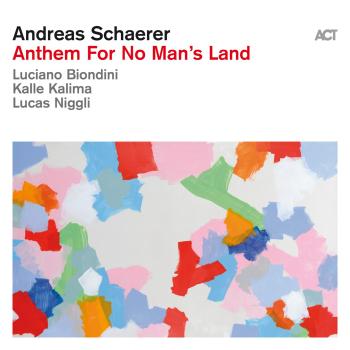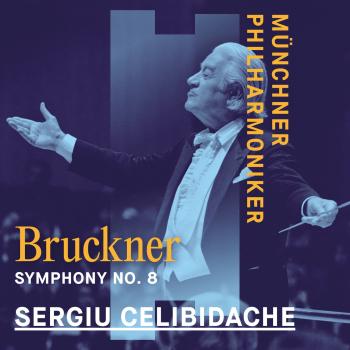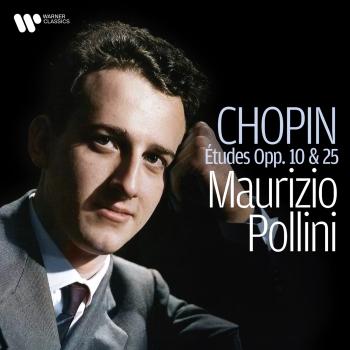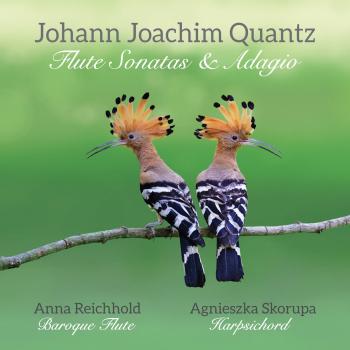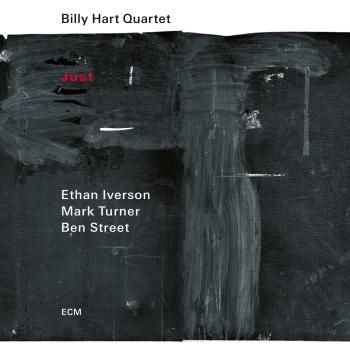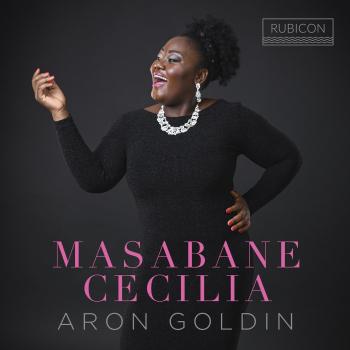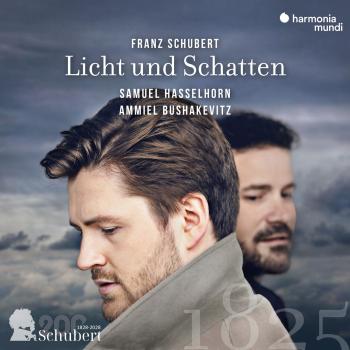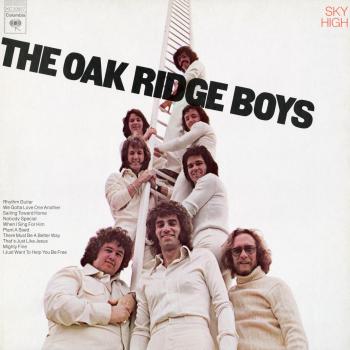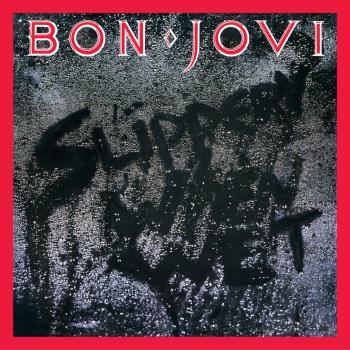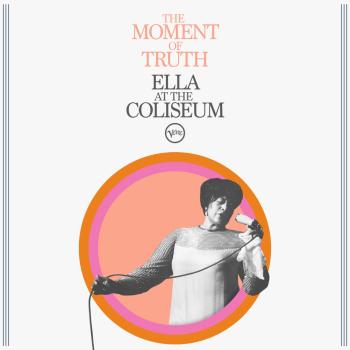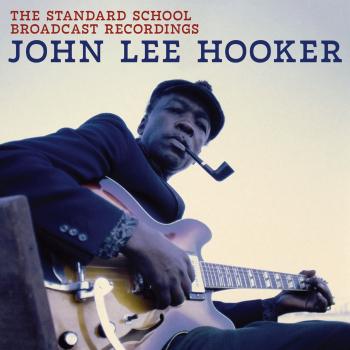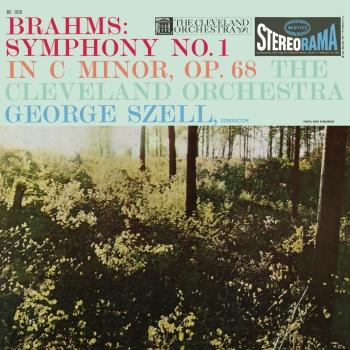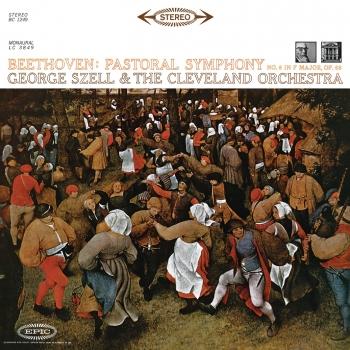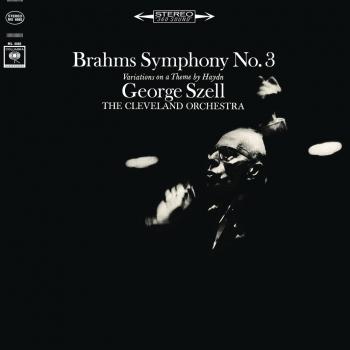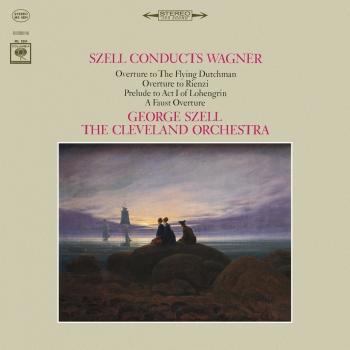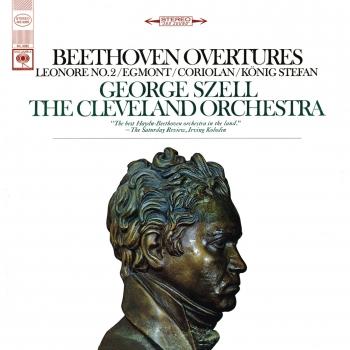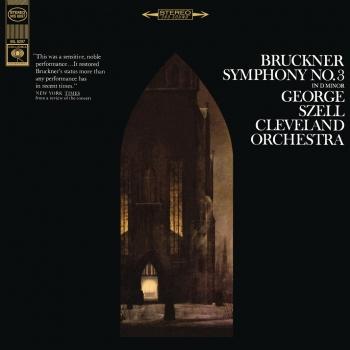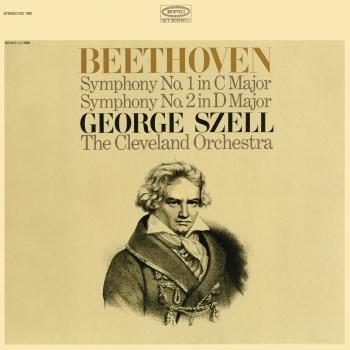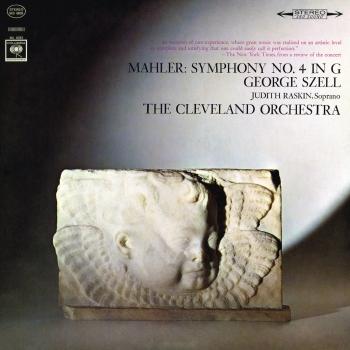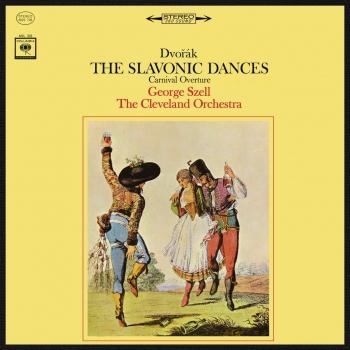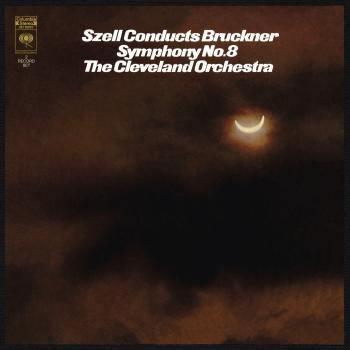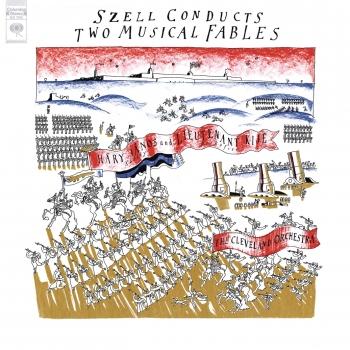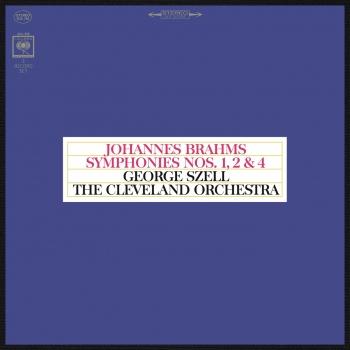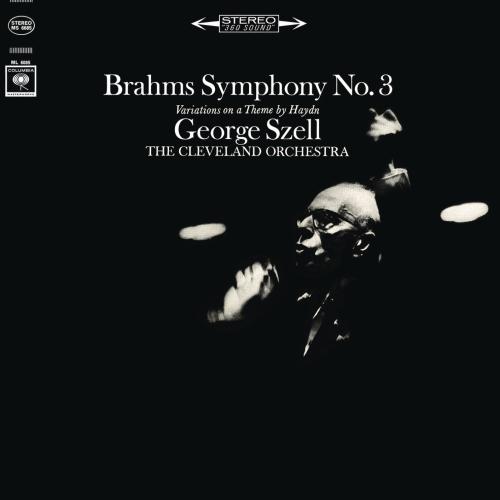
Brahms: Smyphony No. 3, Op. 90 & Haydn Variations, Op. 56a (Remastered) George Szell
Album info
Album-Release:
1964
HRA-Release:
27.07.2018
Label: Sony Classical
Genre: Classical
Subgenre: Orchestral
Artist: George Szell
Composer: Johannes Brahms (1833-1897)
Album including Album cover
I`m sorry!
Dear HIGHRESAUDIO Visitor,
due to territorial constraints and also different releases dates in each country you currently can`t purchase this album. We are updating our release dates twice a week. So, please feel free to check from time-to-time, if the album is available for your country.
We suggest, that you bookmark the album and use our Short List function.
Thank you for your understanding and patience.
Yours sincerely, HIGHRESAUDIO
- Johannes Brahms (1833 - 1897): Symphony No. 3 in F Major, Op. 90:
- 1 I. Allegro con brio 10:21
- 2 II. Andante 08:58
- 3 III. Poco allegretto 06:30
- 4 IV. Allegro con spirito 08:52
- Variations on a Theme of Haydn in B-Flat Major, Op. 56a:
- 5 Variations on a Theme of Haydn in B-Flat Major, Op. 56a (Remastered) 17:22
Info for Brahms: Smyphony No. 3, Op. 90 & Haydn Variations, Op. 56a (Remastered)
The time when performers and composers had personal mottoes -- Wieniawski's "Il faut risquer" (I must risk it), Joachim's "Frei aber einsam" (Free but lonely), Brahms' "Frei aber froh" (Free but happy) -- is long since past, but still such mottoes are more than just biographical curiosities: there are at least two very well-recognized musical encryptions of those mottoes. Schumann, Albert Dietrich, and Brahms put their collective talents together to compose the "F-A-E" Sonata as a gift for Joachim, and, when Brahms came up with his own motto, he decided to use the pitches of its initials -- F-A-F -- as the motto theme for his Symphony No. 3 in F, Op. 90.
Brahms composed the Symphony No. 3 in the summer of 1883 after a five year long sabbatical from symphonic work. It is often considered the other three symphonies' "poor sister" -- a prominent feature, yes, on any symphonic season calendar, but not quite the same stunning pinnacle of symphonic achievement that each of the other three is. How wrong that notion is!
If mass consumption has less taste for the Third Symphony's odd mix of overt heroism and dense formal logic than it has for the apparently more sensuous, even voluptuous, music of the second or fourth symphonies, or the Beethovenian spiritual journey of the First Symphony's outer movements, that is hardly evidence of a shortcoming on the composer's part. And indeed there is something heroic about the Symphony No. 3, enough to prompt Hans Richter, who conducted the premiere of the piece, to suggest that Brahms give it the subtitle "Eroica" (a suggestion that Brahms didn't take). It is a heroism utterly unlike the kind brought to mind by the composer of the actual "Eroica" Symphony, however. How could a symphony that begins with a musical manifestation of the bittersweet words "free but happy" approach Beethoven's Third or Fifth in raw grittiness?
The symphony is in four movements: Allegro con brio, Andante, Poco allegretto, and Allegro. The winds open the first movement with a three-chord rendition of F-A-F (actually A flat), after which a tempestuous first theme, also outlining F-A-F, takes over. The second theme is as beautiful a melody, pulsating with warmth, as one might hope for.
The melody of the Andante is rather like that of the First Symphony's third movement, and not just because it is first given by a clarinet; it also has the same initial rhythm and the same gentle intervallic circle. Poco allegretto is hardly a scherzo; it is almost mournful.
The finale rekindles some of the first movement's dramatic fire. The quiet, unison theme of the opening is like the long-lost twin of the quiet, unison theme at the opening of the Second Symphony's finale, except that what is in the Second Symphony a joyous occasion is in the Third Symphony intense and shadowed. The F-A-F motto appears again in the final bars, this time winding downward towards the final serene F major chord by way of luxurious string tremolandos. (Blair Johnston, AMG)
The Cleveland Orchestra
George Szell, conductor
Digitally remastered
No biography found.
This album contains no booklet.

